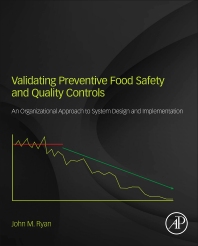Researchers from McMaster University, Canada, developed a test to bring certainty to whether meat and other foods are safe to eat or need to be thrown out.
Mechanical and chemical engineers at McMaster collaborated to develop a transparent test patch, printed with harmless molecules that can signal contamination as it happens. The patch can be incorporated directly into food packaging, where it can monitor the contents for harmful pathogens such as E. coli and Salmonella.
The new technology has the potential to replace the traditional “best before” date on food and drinks.
“In the future, if you go to a store and you want to be sure the meat you’re buying is safe at any point before you use it, you’ll have a much more reliable way than the expiration date,” says Hanie Yousefi, lead author, graduate student and research assistant in McMaster’s Faculty of Engineering.
If a pathogen is present in the food or drink inside the package, it would trigger a signal in the packaging that could be read by a smartphone or other simple device. The test itself does not affect the contents of the package.
The researchers are naming the new material “Sentinel Wrap” in tribute to the McMaster-based Sentinel Bioactive Paper Network, an interdisciplinary research network that worked on paper-based detection systems. That network’s research ultimately gave rise to the new food testing technology.
Chemical engineer Carlos Filipe and mechanical biomedical engineer Tohid Didar collaborated on the new detection project. The signaling technology for the food test was developed in the McMaster labs by biochemist Yingfu Li.
“He created the key, and we have built a lock and a door to go with it,” says Filipe, who is also chair of McMaster’s Department of Chemical Engineering.
“A food manufacturer could easily incorporate this into its production process,” says Didar, an assistant professor of mechanical engineering and member of the McMaster Institute for Infectious Disease Research.









